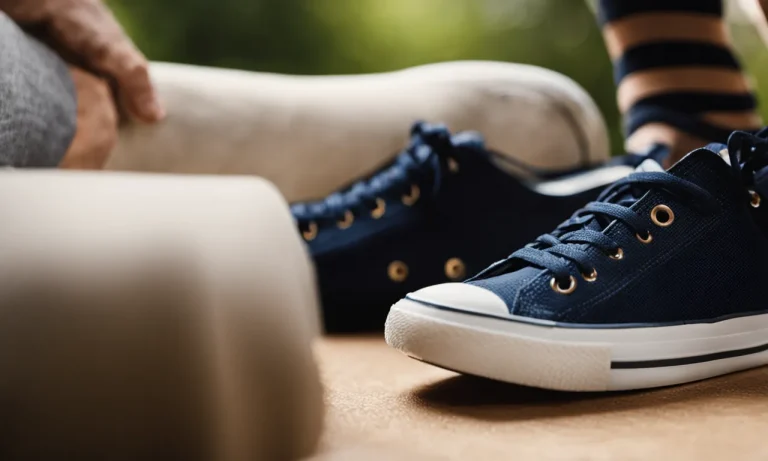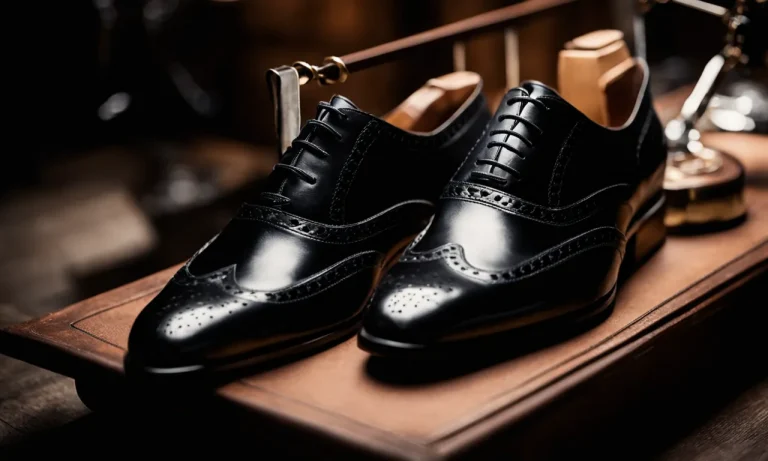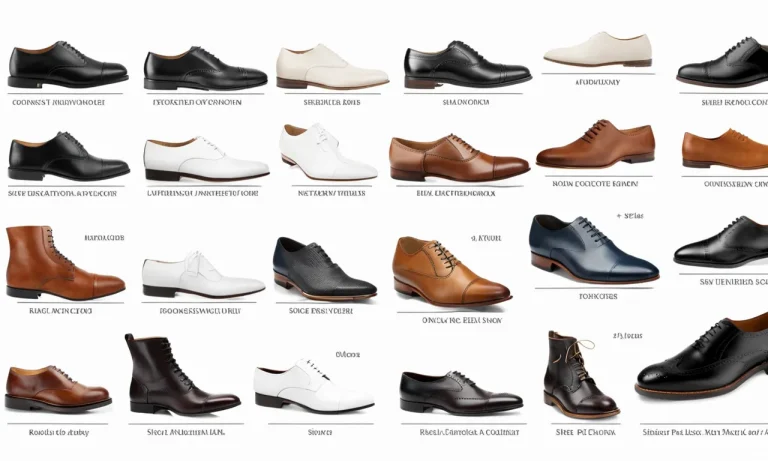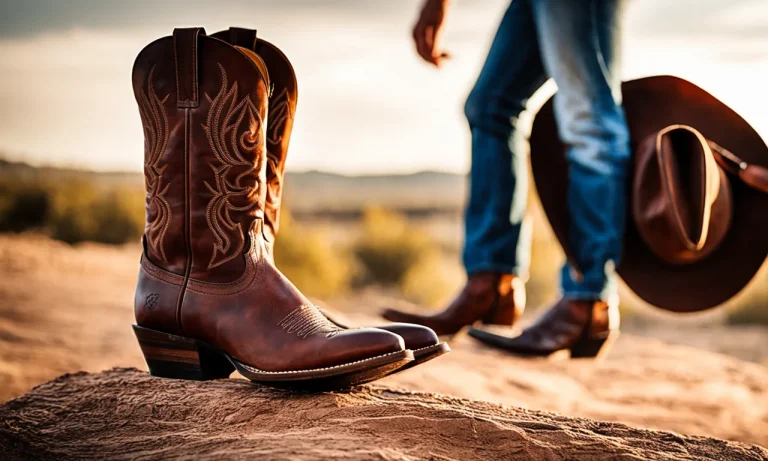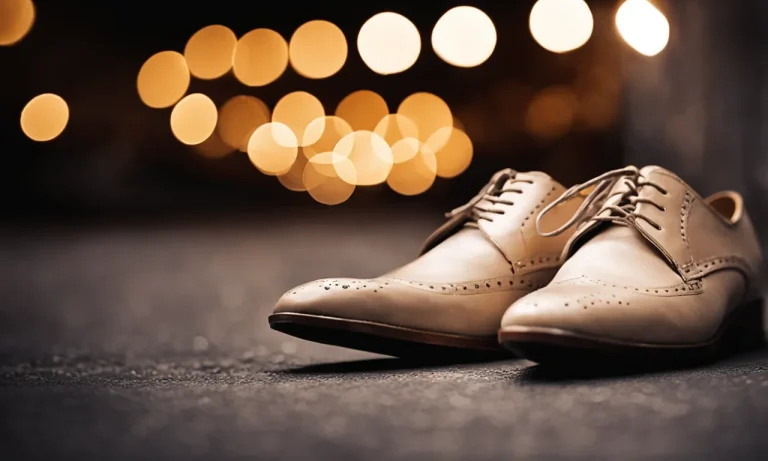Running and walking are two of the most popular forms of exercise, but does it matter what shoes you wear for each activity? If you only have running shoes, can you use them for walking too? Let’s take a detailed look at whether running shoes are a good choice for walking.
If you’re short on time, here’s a quick answer: using running shoes for walking is usually fine for most people. Running shoes provide more cushioning and impact protection than basic walking shoes, so they can absorb the repeated impact from walking.
However, some key differences between running and walking biomechanics mean specialty walking shoes may provide better comfort and support for dedicated walkers.
Key Differences Between Running and Walking
When it comes to choosing the right shoes for walking or running, understanding the key differences between the two activities is crucial. While running shoes are primarily designed for running, they can also be suitable for walking depending on individual preferences and needs.
Here are the key differences between running and walking that can help you make an informed decision:
Foot Strike Patterns
The foot strike pattern refers to how your foot makes contact with the ground during each step. When running, most runners tend to land on their midfoot or forefoot, creating a more pronounced heel-to-toe motion.
On the other hand, walkers often have a heel-to-toe foot strike pattern, where the heel hits the ground first followed by the rest of the foot. This difference in foot strike patterns means that running shoes are designed to provide more cushioning and support in the forefoot area, while walking shoes focus more on shock absorption in the heel.
Stride Length and Cadence
Another key difference between running and walking is the stride length and cadence. Runners generally have a longer stride length and a faster cadence compared to walkers. This means that running shoes are designed to accommodate a longer stride and provide more flexibility in the forefoot area.
Walking shoes, on the other hand, have a lower heel-to-toe drop and are designed to support a shorter stride length and slower cadence. They often have a more rigid sole to promote stability and prevent excessive foot movement.
Impact Forces
The impact forces experienced during running and walking differ significantly. Running involves higher impact forces due to the increased speed and the body’s vertical and horizontal movements. As a result, running shoes are designed to absorb and distribute these impact forces more effectively, with features such as extra cushioning and stability technologies.
Walking, on the other hand, involves lower impact forces, and walking shoes are designed accordingly to provide adequate support and cushioning without compromising flexibility.
While walking in running shoes can be suitable for some individuals, it is important to consider your specific needs, preferences, and any underlying foot conditions. Consulting with a podiatrist or a knowledgeable shoe specialist can help you choose the right shoes that provide the necessary support and comfort for your walking activities.
Additionally, regularly replacing your shoes when they show signs of wear and tear is essential to prevent injuries and ensure optimal performance.
For more information on the differences between running and walking shoes, you can visit reputable websites such as Runner’s World or WalkJogRun.
Running Shoe Features and Benefits
When it comes to walking, many people wonder if running shoes are a suitable choice. Running shoes are designed specifically for the high-impact activity of running, but they can also provide several features and benefits that make them a great option for walking as well.
Let’s take a detailed look at some of the key features of running shoes that contribute to their suitability for walking.
Cushioning
One of the most important features of running shoes is their cushioning. Running shoes are typically equipped with extra cushioning in the midsole to absorb the impact of each step. This cushioning helps to reduce the strain on your feet, ankles, and knees, making them more comfortable for both running and walking.
The added cushioning in running shoes can provide a softer and more supportive walking experience compared to other types of shoes.
Arch Support
Another feature that makes running shoes a good choice for walking is their arch support. Many running shoes are designed with built-in arch support to provide stability and prevent excessive pronation or supination. This can be particularly beneficial for individuals with flat feet or high arches.
The arch support in running shoes helps to distribute weight evenly across the foot, reducing the risk of foot pain and discomfort during long walks.
Flexible Uppers
Running shoes are often made with flexible uppers that allow for natural movement of the foot. These uppers are designed to accommodate the foot’s range of motion, providing a comfortable and unrestricted walking experience.
The flexibility of the uppers also helps to prevent blisters and irritation, as they allow the foot to move without rubbing against the shoe. This feature is especially important for longer walks or hikes.
Traction
Lastly, running shoes are typically equipped with durable outsoles that provide excellent traction. This is important for both running and walking, as it ensures a secure grip on various surfaces, including pavement, trails, and slippery terrain.
The traction offered by running shoes can help prevent slips and falls, providing added safety and confidence during walks.
It’s important to note that while running shoes can be a suitable choice for walking, it’s still recommended to choose a pair specifically designed for walking if you primarily engage in this activity.
Walking shoes often have additional features tailored specifically for walking, such as a more rounded and wider toe box to accommodate the natural rolling motion of the foot. Nevertheless, running shoes can provide a comfortable and supportive option for those who enjoy both running and walking.
Potential Downsides of Using Running Shoes for Walking
Too Much Cushioning
One potential downside of using running shoes for walking is that they often have too much cushioning. Running shoes are designed to absorb the impact of running, which involves more force and higher intensity compared to walking.
This extra cushioning can make walking feel less stable and may even lead to an increased risk of ankle sprains or other foot injuries. Additionally, the excessive cushioning can alter your gait and stride, potentially causing discomfort or pain in the long run.
Narrow Toe Box
Another issue with using running shoes for walking is that they tend to have a narrower toe box. The toe box is the front part of the shoe that accommodates the toes. While this design feature may be suitable for runners who need a snug fit to prevent their feet from sliding around inside the shoe, it can be restrictive and uncomfortable for walkers.
A narrow toe box can cause discomfort, blisters, or even lead to foot deformities like hammertoes.
Lack of Lateral Support
Running shoes are primarily designed to provide forward motion and support for activities that involve repetitive forward movements, such as running or jogging. However, walking involves a different gait pattern, which includes more lateral movements or side-to-side motions.
As a result, running shoes may not offer sufficient lateral support for walking, potentially increasing the risk of ankle sprains or other injuries when walking on uneven surfaces or changing directions quickly.
It’s important to note that these potential downsides may not affect every individual in the same way. Factors such as foot shape, walking style, and personal comfort preferences can also play a role in determining the suitability of running shoes for walking.
If you are considering using running shoes for walking, it’s advisable to try them on and assess how they feel during a short walk before committing to long-distance walks or regular walking routines.
Tips for Choosing the Best Shoes
Consider Your Walking Surface
When choosing shoes for walking, it is important to consider the surface you will be walking on. Different surfaces require different levels of support and cushioning. If you mostly walk on paved surfaces, such as sidewalks or roads, you will need shoes that provide good shock absorption to protect your joints.
On the other hand, if you tend to walk on uneven terrain, such as trails or grassy paths, you may need shoes with more stability and traction to prevent slips and falls. It’s always a good idea to choose shoes that are specifically designed for the type of walking you will be doing.
Get Properly Fitted
Getting properly fitted for walking shoes is essential to ensure comfort and prevent injury. Many people mistakenly assume that their shoe size remains the same throughout their lives, but this is not always the case.
Feet can change in size and shape due to factors such as weight gain/loss, pregnancy, and aging. Therefore, it is recommended to have your feet measured by a professional shoe fitter to determine your current size and shape.
They can also assess any specific needs, such as arch support or extra width. Remember, ill-fitting shoes can lead to blisters, calluses, and even foot pain, so investing in the right size is crucial for a pleasant walking experience.
Choose Lightweight Options
When it comes to walking shoes, lighter is often better. Lightweight shoes allow for a more effortless stride, reducing the strain on your feet and legs. They also offer greater flexibility, allowing your feet to move naturally as you walk.
Look for shoes made from breathable materials, such as mesh, as they provide good ventilation and help prevent your feet from becoming sweaty and uncomfortable during longer walks. Additionally, lighter shoes can be beneficial for those who are concerned about speed and performance.
Rotate Shoes
Rotating your shoes can help prolong their lifespan and prevent discomfort or injuries. By alternating between two or more pairs of walking shoes, you allow each pair to fully dry out and regain their cushioning properties between walks.
This can be particularly important if you live in a humid climate where shoes may take longer to dry. Additionally, rotating shoes can help prevent the development of pressure points on your feet and reduce the risk of developing blisters or other foot problems.
Remember, having a backup pair of shoes is always a great idea, especially if you plan on doing long-distance walking or hiking.
Conclusion
While running shoes can work well for walking, some walkers may benefit from shoes designed specifically for the biomechanics of walking. Pay attention to comfort and support when choosing shoes. Overall, listen to your body’s feedback and don’t be afraid to experiment with both running and walking shoe options to see what feels best for your unique feet and walking style.

